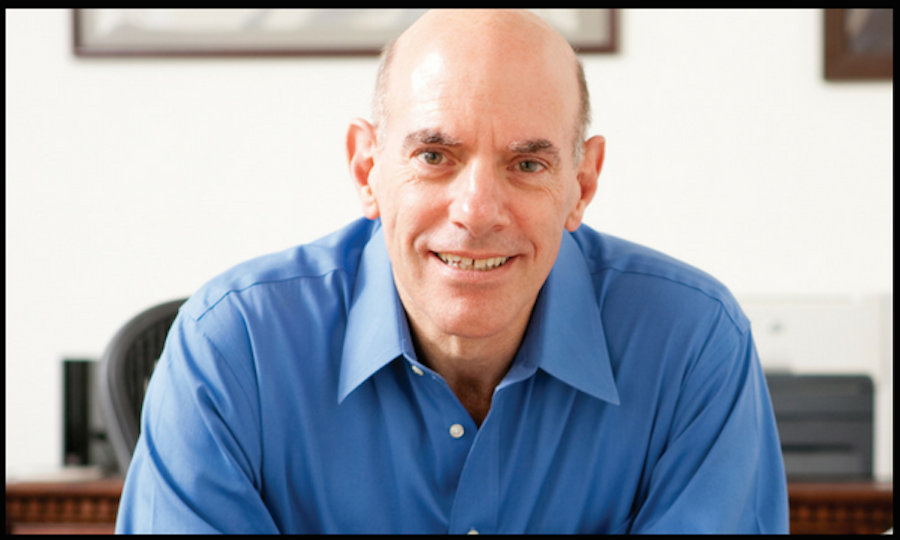An old friend drove me into the Santa Fe National Forest so we could walk the aspen grove. We stopped along the way to smell some Ponderosa pine. I stuck my nose into the crease of its bark and cupped my hands around it. The tree smelled like vanilla.
We continued up the mountain. At an altitude of 10,000 feet, the temperature dropped thirty degrees. The air was clear. Walking into the grove, which covers almost two hundred square miles, we could see Santa Fe and Los Alamos. We could even see Arizona and Colorado. The path was lined with small red feathery clusters known as Indian paintbrush. Soon the tall thin aspens were everywhere, their smooth bark stretching like skin to the sky. The continuous rustle of their leaves was like an ocean of small voices arriving through the centuries. If we could just make out their cry, their song, and understand their brilliance.
Walking among them, touching them, listening to their creak and sway, I could feel their connectedness. Above ground, aspen grow as individual trees, but below ground they’re enlivened by one interconnected set of roots. They are the most expansive growth of trees19 to share a common root system. This means they are one living organism and one living community—at the same time! This is a powerful metaphor for how inextricably knit the life of the individual is with the life of community. What happens to one tree happens to all aspens in the grove. How do they live as one and many at the same time? How do they communicate with each other? How do they sustain each other?
As one living root system, the aspen grove treats each of its trees as a shoot or limb called a ramet. When an individual tree dies, it’s as if the grove loses a branch. The grove then rushes nutrients to the damaged area the way immune cells rush to the site of an infection. The huge root system allows the ramets that are close to water to absorb and send that nourishment to the other connected trees. When we can accept that all humans share the same invisible root system,
we, too, can rush nutrients to others who are damaged or suffering.
Quaking aspen,20 a particular species that grows where avalanches, mudslides, and fires have occurred, is nature’s example of relational resilience. The grove roots and regenerates most strongly after disasters. In Yellowstone National Park, a quaking aspen grove grew out of the 1988 wildfires. This is one of nature’s gritty forms of resurrection. Likewise, when we can focus on the clearing made between us rather than on the disaster that caused it, we can resurrect and flourish like the quaking aspen.
In the Fishlake National Forest in Utah, there is an aspen grove named Pando, Latin for “I spread.” Considered one of the largest aspen groves in the world, it contains about 47,000 individual trees and is estimated to be about 80,000 years old. Shared roots live longer, a lesson for us all.
This is the aspen wisdom we need. We need aspen sensitivity, aspen memory, and aspen compassion. We need to learn how to enliven that depth of connectedness whereby we can feel all of humanity while living our very small, individual lives. In moments of great suffering and love, I believe we do this. But how to understand this capacity and keep it alive when the days are ordinary and we seem so far away from each other?
About a mile into the Santa Fe grove, my friend and I sat on a ledge and waited. Once we were quiet, we could feel the entire grove sway as one timeless aspen and as a thousand individual trees on a mountainside in New Mexico. We could almost hear them breathe in unison. I felt certain that in the paradox of the aspen trees waits the secret to our interdependence: being who we are and staying connected to everyone.
As we walked back to the car, the path was alight with tiny butterflies circling our feet. Each seemed to hold a question about how to live this way. After a while, my old friend said, “There’s a community already existing underground that’s growing us into being.”
We looked once more and it seemed clear that if all the aspens were to burn to the ground, the community would still be there, ready to begin again. Like the scarred human groves that sprout throughout history.
Excerpted from “More Together Than Alone: Discovering the Power and Spirit of Community in Our Lives and in the World” by Mark Nepo. Published by Atria Books, a division of Simon & Schuster. (July 2018)
This essay was featured in the July 22nd edition of The Sunday Paper, Maria Shriver’s free weekly newsletter for people with passion and purpose. To get inspiring and informative content like this piece delivered straight to your inbox each Sunday morning, click here to subscribe.


